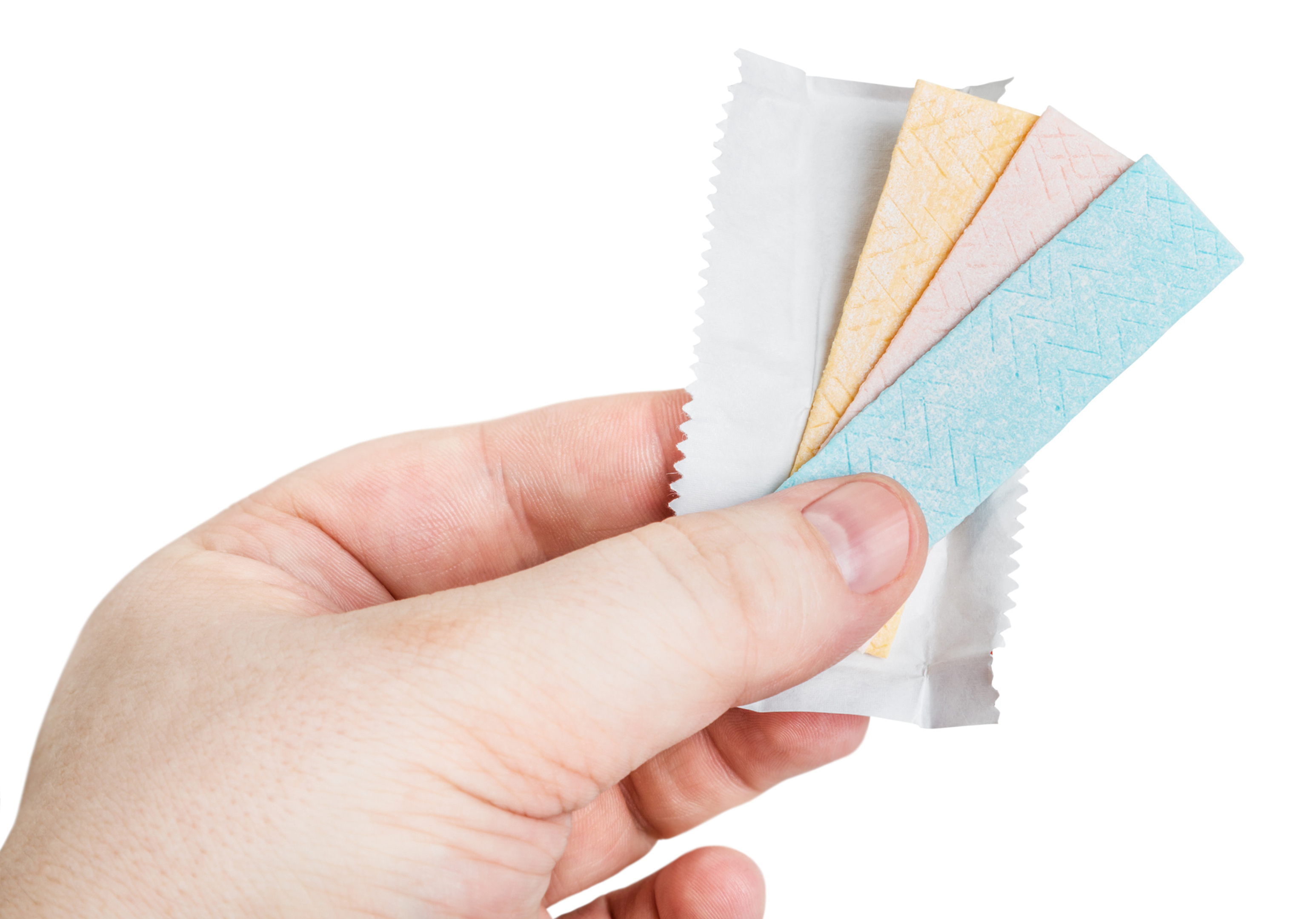
Research published in the British Dental Journal estimates the saving – equivalent to 364,000 dental check-ups – for chewing three pieces per day.
This is thanks to the role chewing gum plays in helping prevent tooth decay, researchers from the Plymouth University Peninsula Schools of Medicine and Dentistry said.
Government figures released last year showed 35% of 12-year-olds have been too embarrassed to smile or laugh due to the condition of their teeth.
The new research suggests the NHS could save up to £2.8 million on dental treatments per year if all 12-year-olds chewed one piece of sugar-free gum per day.
This cost saving rose to a potential £3.3 million if two pieces were to be chewed, and to £8.2 million for three pieces, researchers said.
Professor Liz Kay, of Peninsula Dental School, said: “The findings of this study are hugely exciting as they reveal a new and easy way of helping people improve their oral health.
“Crucially, whilst these figures are significant, they refer only to cost reductions for treating 12-year-olds in the UK; if this model was to be applied to the whole population then there is a real potential to create substantial NHS savings.
“Clinical evidence has already proved that sugar-free gum can help prevent caries and now we can also see a clear financial advantage.”
The research, the first of its kind in the UK, was conducted by York Health Economics Consortium and Peninsula Dental School, with support from The Wrigley Company Ltd.
Brushing teeth for two minutes twice a day is still the best way to keep teeth clean and healthy.
But for children over the age of seven, chewing sugar-free gum during the day can be “extremely effective” in breaking down lingering food, neutralising harmful plaque acids and reducing the risk of decay, researchers said.
The European Commission has approved five oral health claims for sugar-free chewing gum, while the benefits of chewing are recognised by the World Dental Federation and the British Dental Health Foundation.
Each week, more than one million patients in the UK use NHS dental services, with dental disease costing the system £3.4 billion per year.
The Children’s Dental Health Survey in 2013 found that 34% of 12-year-olds in the UK had obvious decay in their permanent teeth.
A spokesman for Plymouth University added: “In the UK, official oral care guidance has rarely explicitly mentioned sugar-free gum.
“However the evidence described above suggests that the potential benefits of including sugar-free gum in preventative oral health advice should be considered.
“With the NHS facing a huge funding gap, new solutions – such as sugar-free chewing gum – need to be considered to help tackle the totally preventable problem of tooth decay.”

Enjoy the convenience of having The Sunday Post delivered as a digital ePaper straight to your smartphone, tablet or computer.
Subscribe for only £5.49 a month and enjoy all the benefits of the printed paper as a digital replica.
Subscribe